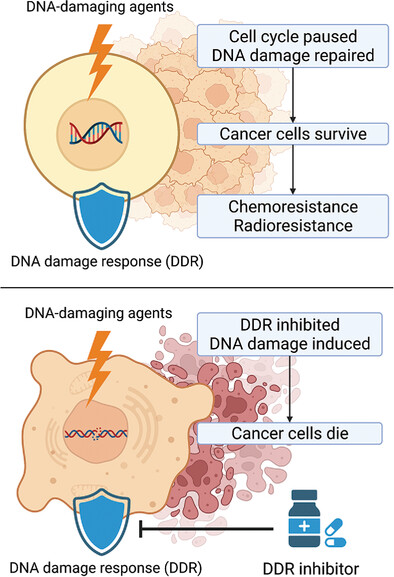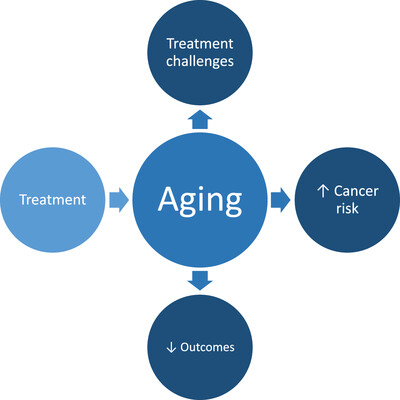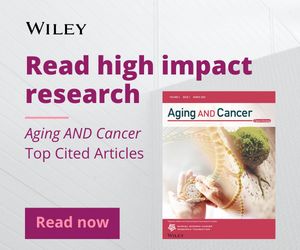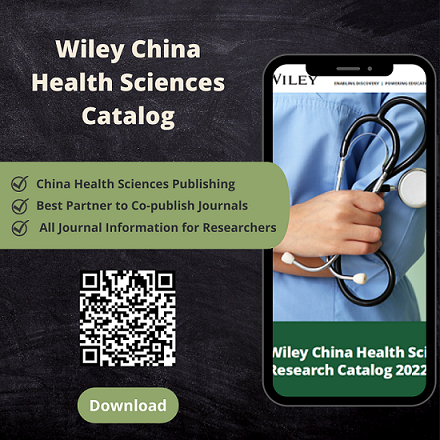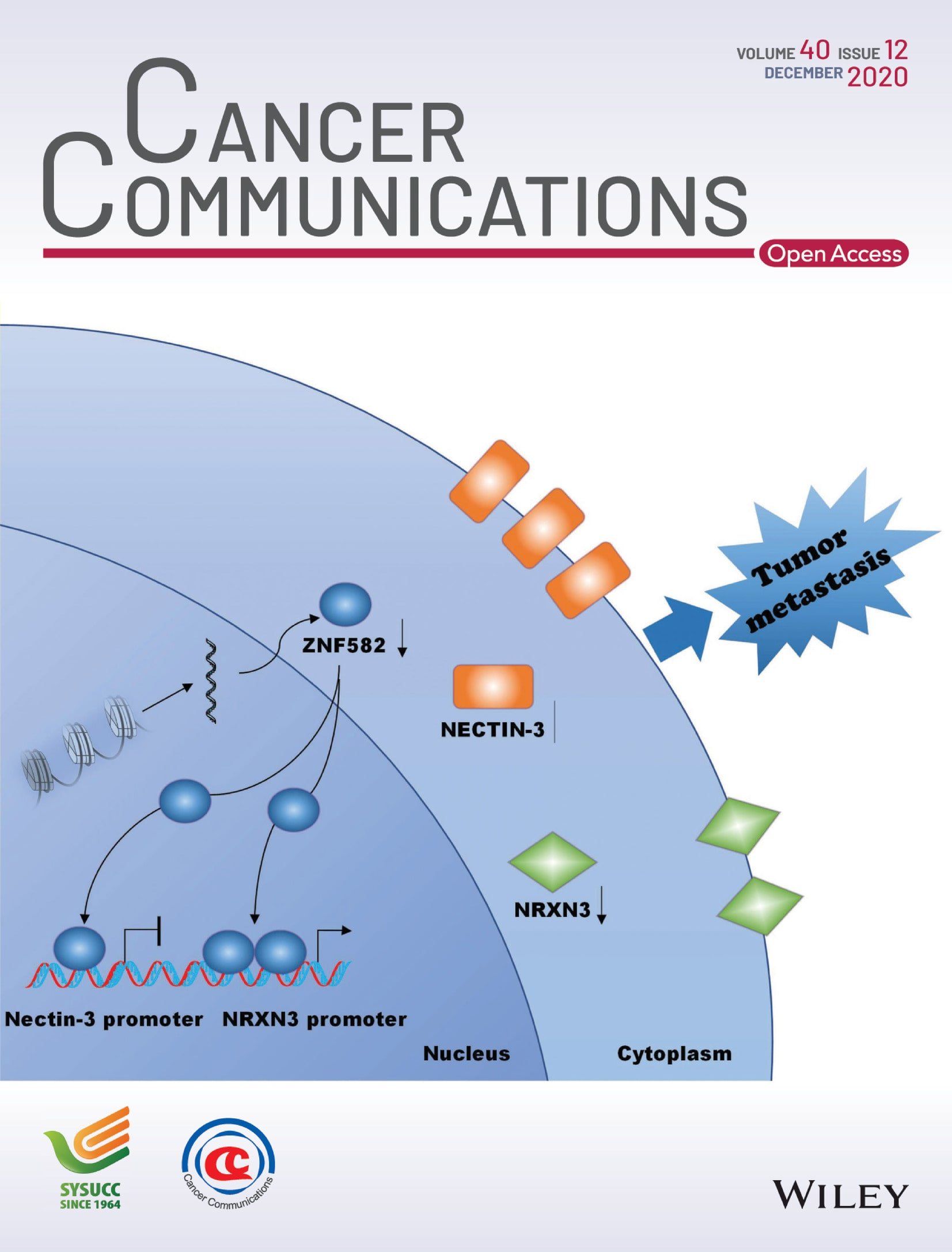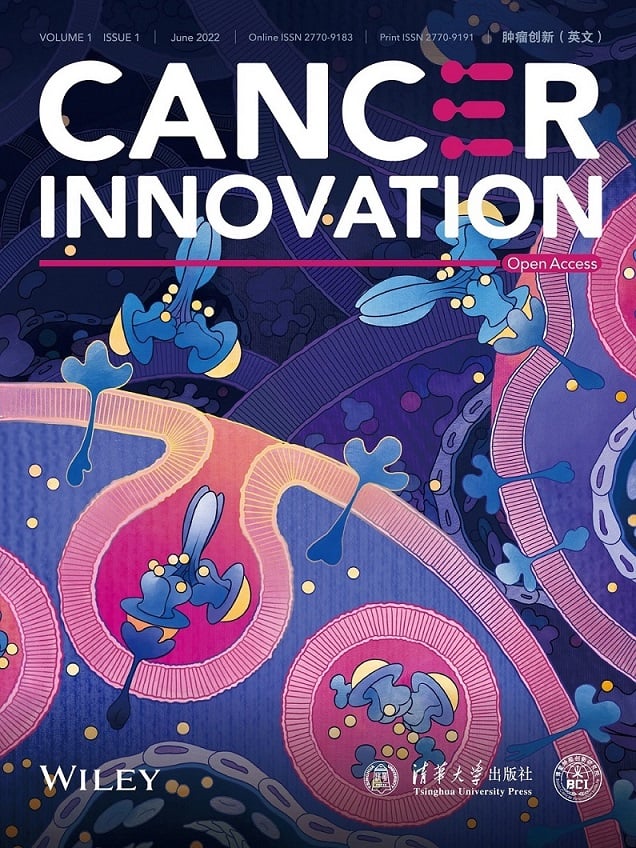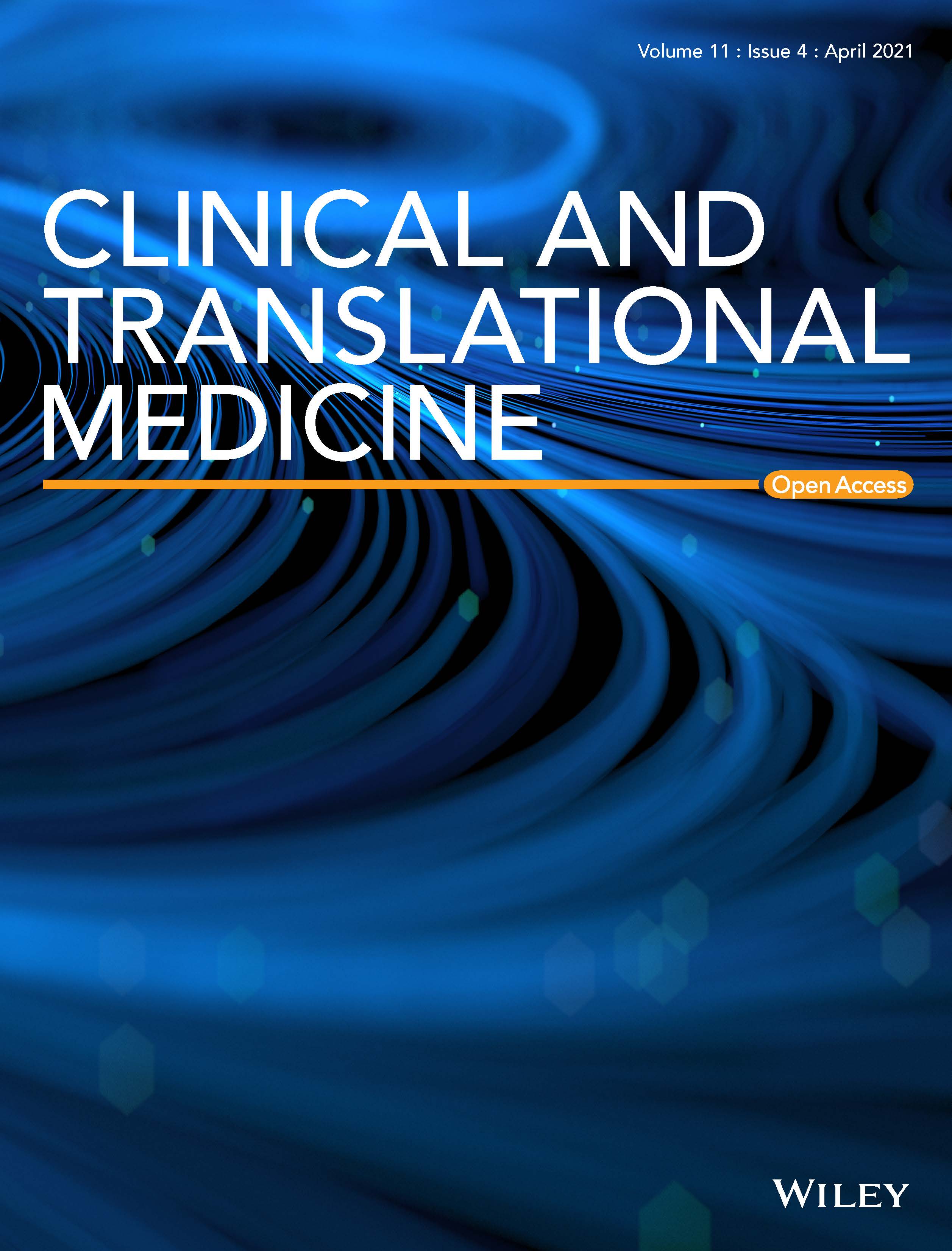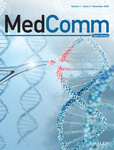Journal list menu
Export Citations
Download PDFs
Table of Contents
Cells with cancer-associated mutations overtake our tissues as we age
- First Published: 21 October 2021
Skeletal muscle and childhood cancer: Where are we now and where we go from here
- First Published: 20 May 2021
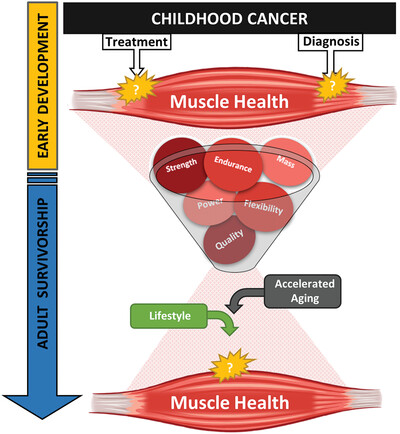
Key muscle development occurs early in life, a time when childhood cancer patients are exposed to aggressive multimodal treatments, placing them at great risk for early declines in muscle health and adverse outcomes later in life. The purpose of this review is to provide an overview of the available evidence describing associations between childhood cancer, its treatment, and the impact on muscle health, identifying gaps in current knowledge.
Aging and immunotherapies: New horizons for the golden ages
- First Published: 30 September 2020
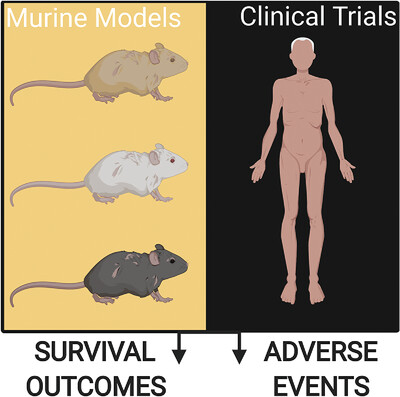
Aging is associated with increased cancer incidence and immunological decline. Given the increased use of immunotherapies for treating cancer, this review focuses on summarizing results from studies conducted in aged mouse models and clinical trials reporting data specifically on aged study participants.
Anthracycline chemotherapy-mediated vascular dysfunction as a model of accelerated vascular aging
- First Published: 22 June 2021
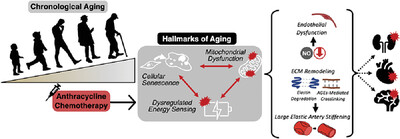
Similar to chronological aging, anthracycline chemotherapy induces an aging-like phenotype in the vasculature (endothelial dysfunction and large elastic artery stiffness), which markedly increases the risk of developing cardiovascular diseases, kidney dysfunction, and cognitive impairment. This review will discuss how select “hallmarks” of aging (e.g., mitochondrial dysfunction, cellular senescence, and dysregulated energy sensing) could be targeted to prevent and/or treat vascular dysfunction with anthracycline chemotherapy.
A glitch in the matrix: Age-dependent changes in the extracellular matrix facilitate common sites of metastasis
- First Published: 07 October 2020
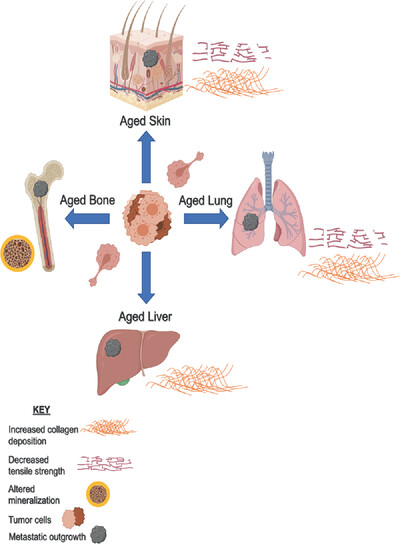
Patients over 55 years old constitute the majority of the cancer patient population and suffer from increased metastatic burden compared to younger patients. However, it is largely unclear what role aging may play in this disparity. The natural aging process imparts detrimental changes in the extracellular matrices of all organs. These changes promote organ dysfunction, age-related pathologies, and cancer progression. We proffer that the aging process both helps form the premetastatic niche at common organ sites and facilitates metastatic outgrowth at these sites.
Developing a multimorbidity prognostic score in elderly patients with solid cancer using administrative databases from Italy
- First Published: 19 September 2021
The critical function of metabolic reprogramming in cancer metastasis
- First Published: 23 February 2022
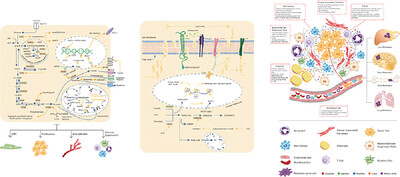
Metabolism alterations of glucose, lipid, and amino acid provide cancer cells with energy and substances for metastasis. Meanwhile, non-tumor cells in TME also undergo metabolic reprogramming or respond to metabolites to promote migration and invasion of cancer cells. Understanding metabolic reprogramming during cancer metastasis is helpful for developing new anti-tumor strategy.
Contributions of Yap and Taz dysfunction to breast cancer initiation, progression, and aging-related susceptibility
- First Published: 03 July 2020
Dietary patterns and the neoplastic-prone tissue landscape of old age
- First Published: 24 October 2020
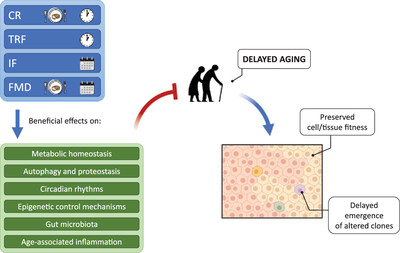
Dietary interventions such as caloric restriction, time-restricted feeding, and/or intermittent fasting exert their protective effects on the risk of neoplastic disease via modulation of age-associated changes in the tissue landscape. The latter include, but are not limited to, alterations in metabolism, autophagy, proteostasis, circadian rhythms, DNA methylation, inflammatory markers, and microbiota composition, all of which can contribute to the emergence of conditions favoring survival and selection of altered cell clones, including those with neoplastic potential.
Physical activity and fitness in childhood cancer survivors: A scoping review
- First Published: 21 December 2021
DNA damage response inhibition-based combination therapies in cancer treatment: Recent advances and future directions
- First Published: 07 March 2022




